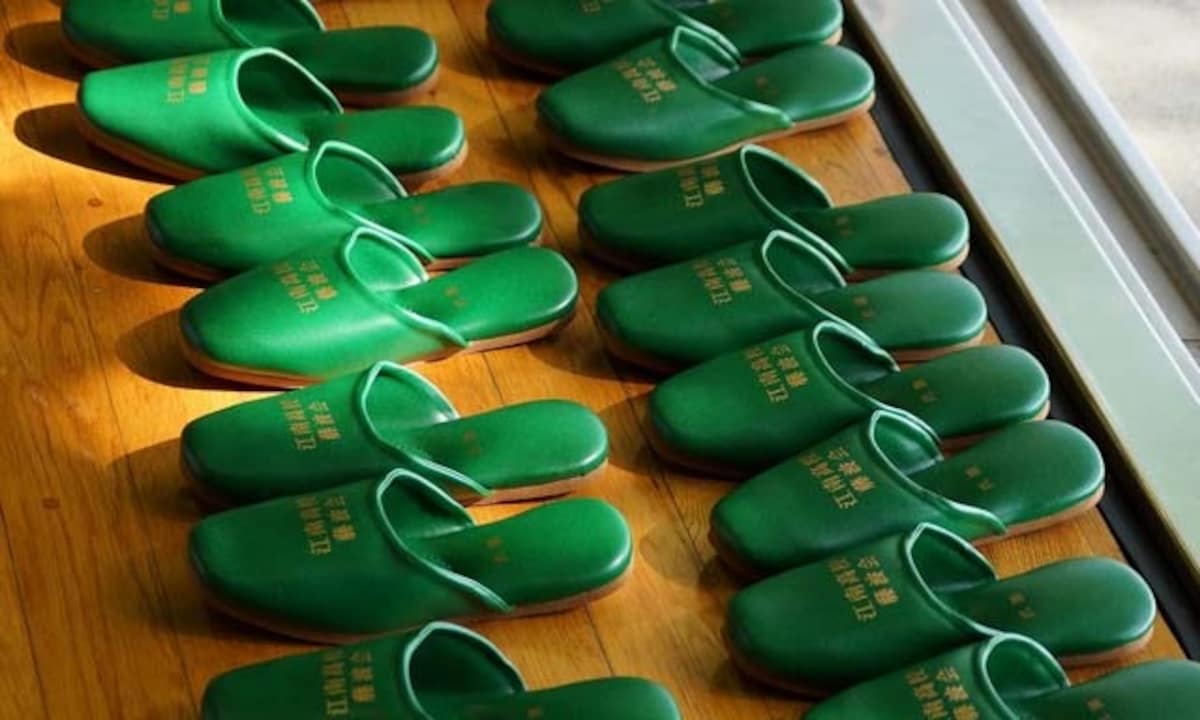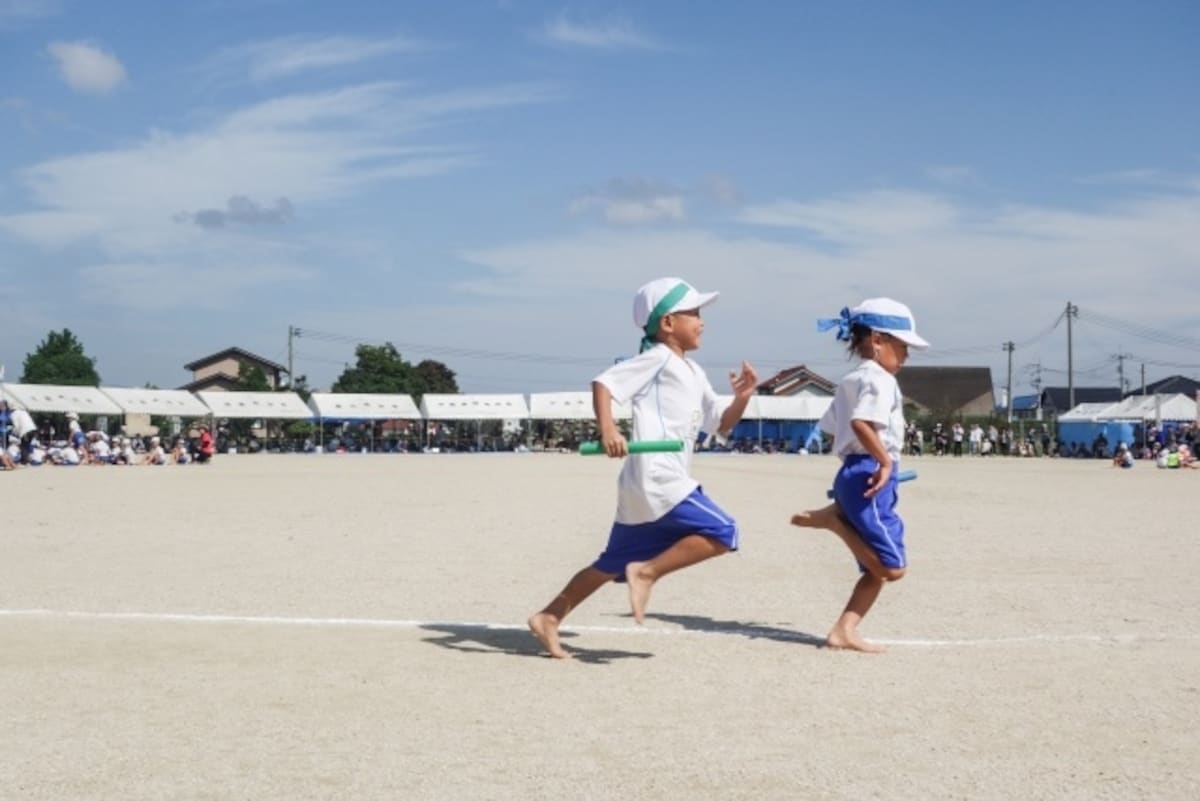12 Things to Know About Teaching Kindergarten
Teaching English in a kindergarten, or yochien, in Japan is not like sitting in a business class or working with older children. The young age and exuberant inclinations of the kids make a huge difference to how a class is run. You need a special kind of enthusiasm to really get the most out of the kindergarten experience!
By Todd Phillips7. How to deal with the dreaded 'kancho.'

Kancho, a word that strikes fear into every kindergarten teacher, is the art of poking one’s fingers up the bottom of a poor, unsuspecting teacher by a kid who thinks it’s hilarious. As far as I know, "The Origin of the Kancho" has still not been written on Wikipedia, so I am baffled to this day as to why kids seem to only try this with the foreign teacher (well, and each other from time to time).
Although you may experience some discomfort and loss of pride, kancho is decidedly better than receiving an unwarranted punch to another sensitive area, which will most certainly put you down for a few minutes (and yes, that can happen too). Repeatedly saying “No!” sometimes doesn’t get the message across, so try bringing the culprit to the nearest Japanese teacher and explain what they just did (sign language usually does the trick). You’ll find that same kid will return soon after, teary-eyed and very apologetic. You’ll be gracious in accepting the apology, and that will be the end of that.
Another technique that can work is the Look of Ultimate Disappointment. This is different from a Look of Death, which can scare kids away from ever interacting with you again. Instead, look at the grinning offender with an expression that says, "Oh, Keisuke. From you, of all people, I expected so much more." Wait for the grin to slowly disappear, then share a nod and an "okay" sign. If you've done it right, you will have an anti-kancho ally for the foreseeable future.
8. Smile, safe, simple.

These three Ss will lay the foundation for a successful lesson.
Smile: Be excited to be there.
Safe: Be mindful of furniture when playing games and singing songs, and teach a "no running" policy in class.
Simple: Keep your activities achievable for all ages.
There’s nothing worse than having kids injure themselves while participating in one of your classes, or giving up because something’s too difficult.
9. Learn to be patient.

Children need structure, rules and guidance—otherwise they’ll run riot. Time and again, I hear of teachers having to deal with kids who won’t do what they're told, who seemingly break every rule on purpose, or just can’t get along with other children. It happens, but there are ways of seeing it doesn’t become an ongoing problem for you or the child.
First, lay down your expectations on that first day. Demonstrate bad behavior, and good behavior too. Kids won’t change overnight, so if necessary, be prepared to go over the rules at the beginning of every class for the entire year.
When a child breaks a rule, stop the activity, explain the rules again as a class, then continue. If that child does something pleasing, reward him or her with a high-five or offer an exciting game to play next. Praise is a wonderful thing. Praise any child with a high-five and the whole class will want to get in on the act.
I’m not a great advocate for punishing a child, but rather using positive reinforcement, praise and encouragement to motivate children to behave in an acceptable manner.
10. Know your children.

As a kindergarten teacher, you’ll most likely be teaching 3-year-olds (nensho), 4-year-olds (nenchu), and 5-year-olds (nencho). Now, with experience, or if you have kids of your own, you’ll come to know that the youngest kids’ motor skills are pretty low, so keep your songs and actions pretty simple. As the kids get older, you can increase the difficulty of your activities.
Also keep in mind that young children don’t like losing, and will often cry as a result, so try to make your games less competitive and more cooperative—or have them play against you, and make sure you lose every time!
11. Bring indoor footwear.

http://fujinamikai.sakura.ne.jp/30th_kinen.html
At every kindergarten, you’ll be expected to take off your outdoor shoes at the entrance and wear the standardized school slippers. These are not easy to teach in—let alone walk in—if you have large feet, so the best solution here is to buy your own indoor sneakers.
12. Be ready for other responsibilities.

It’s quite possible that, aside from your teaching duties, you will be asked to play with the children out in the playground, eat lunch with them or participate in yearly events such as Sports Day or their graduation ceremony. Take them all in stride. It’s an excellent opportunity to continue using English or to simply observe the cultural aspects of a Japanese kindergarten. It's all just another way to enjoy being with kids!



